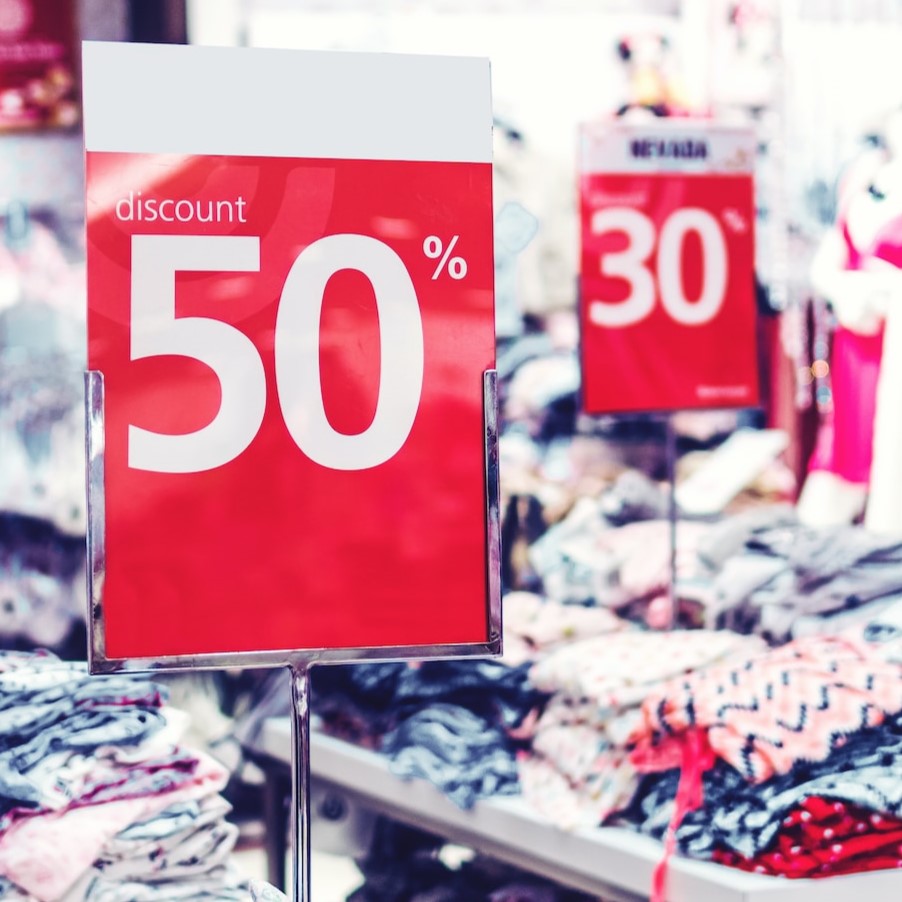Published:
In an age of rapid consumerism and capitalism, there’s nothing more festive than participating in “Black Friday,” the annual shopping extravaganza of special markdowns and sales. Held November 24, the day after Thanksgiving, this dark weekday originated in the United States in the early 1960s, but has since transcended national borders to become a global phenomenon.
As the birthplace of Black Friday, the U.S. experiences a significant surge in retail activity during the holiday season. According to Adobe Analytics, Americans spent $9.8 billion USD in shopping on Black Friday, a 7.5% increase from 2022. While discounts of up to 35% were offered on toys, sporting goods, apparels, and appliances, shoppers gravitated most towards electronics, including smart watches, TVs, and audio equipment, which all experienced over a 300% increase in sales.
Adobe experts also predicted that online shoppers will spend about $10 billion USD over the next Saturday and Sunday, as well as a record $12 billion on “Cyber Monday,” the online discount day held on the Monday after Black Friday. In fact, e-commerce giants like Amazon play a significant role in making Black Friday international. With operations in various countries, including the United Kingdom, Germany, and Japan, Amazon often sees a surge in cross-border sales during the discount holiday. In 2022, for example, Italy experienced a 165% increase in Amazon sales from earlier weeks on Black Friday.
Beyond the U.S., Black Friday has also permeated the U.K.’s landscape through companies like ASOS, a British online fashion and beauty retailer; with shipments to the U.S. and Australia, the brand experienced a significant uptick in international orders during Black Friday last year. In Germany, the holiday was first introduced in 2006 by Apple but gained most of its popularity in 2013. Now, 30% of German consumers are reported to delay shopping decisions until the sale. One example of Black Friday's rapid expansion in the country can be seen in German electronics retailer Media Markt, which began hosting “Black Weeks,” or week-long discounts around Thanksgiving.
Retailers around the world are increasingly offering discounts and promotions in the weeks leading up to Black Friday, creating a sense of urgency for consumers to begin their holiday shopping early and engage in historic markdowns and savvy deals. While countries like India don’t celebrate Black Friday as a designated holiday for sales, both retail and online brands in the country reported boosted sales revenues in 2023. Indian fashion brand Nykaa saw a 40% increase in orders on “Pink Friday,” its version of a holiday sale. Similarly, the company Wellbeing Nutrition experienced a 4-time increase in direct-to-consumer sales from 2022.
Black Friday’s influence extends far beyond its American roots, shaping the global consumer landscape and fostering unique business opportunities, especially for smaller, online retailers looking to break into cross-border operations. With companies like Amazon, Macy’s, JCPenny, and Target leading the way with up to 60% off sales, this holiday tradition drives brands to diversify their customer bases on a global stage. As Black Friday continues to evolve, however, businesses worldwide will have to adjust to economic trends accordingly, leaving the fate of this shopping frenzy-holiday up in the air.
File under






